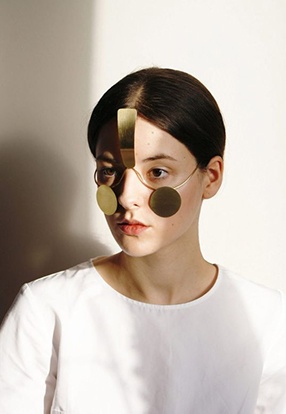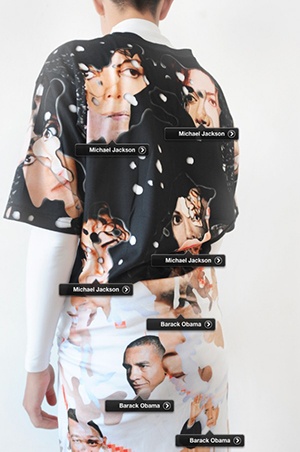
How to Avoid Facial Recognition
In our increasingly tech-saturated world, the specter of facial recognition looms large. From smartphones to security cameras, our faces are constantly being captured and analyzed. While this technology offers convenience and security benefits, it also raises concerns about privacy and surveillance. So, how can you reclaim your anonymity in the age of facial recognition?
What is Facial Recognition
Facial recognition is a technology that uses software to identify or verify a person's identity based on their face. This system analyzes a digital image or video of a face, extracting key face features like the shape of your nose, the distance between your eyes, and the contours of your jawline, and then comparing these features to a database where known faces are collected.
Sometimes people confuse facial recognition and face detection. You can learn about the key differences here: Face Recognition vs. Face Detection: Understanding the Key Differences
How Is Public Facial Recognition Possible?
Thanks to machine vision, a branch of computer science, it's possible to create software algorithms that quickly match a face in a photo or video to large databases of faces to identify or verify an individual's identity.
Nowadays, modern cameras are so good and computers are incredibly fast, so it’s not difficult to build facial recognition systems in public spaces like airports, train stations, or city centers. These systems continuously capture images and compare them against databases in real-time. Some systems use special infrared or depth-sensing cameras for better accuracy in difficult lighting conditions.
How do they create the databases? Facial recognition systems rely on access to extensive databases of facial images, which may contain many photos from government sources, social media platforms, or private companies.
You Already Use Facial Recognition Daily
When you use Snapchat, TikTok filters, or other ARs to try on makeup, glasses, change your hair color, and so on, you're using the same type of technology that powers facial recognition in public spaces and Apple's Face ID. This technology analyzes facial features to create a unique map of your face, which can be used for identification or verification.
Facial recognition technology has both pros and cons. For example, it can be used to improve security, identify missing persons, and even assist people with disabilities. However, it can also raise privacy concerns. Some people are interested in learning methods to avoid facial recognition for various reasons. However, it's important to remember that using these methods for illegal purposes is not recommended and may have legal consequences. This information is provided for informational purposes only.
Methods to Avoid Facial Recognition
Wear a mask. The simplest way to stay incognito is to wear a mask. However, due to the pandemic, cameras can now also recognize individuals with masks on their faces, as many biometrics companies have continued to improve mask recognition algorithms. Consider trying masks designed specifically to prevent facial recognition, like the "Incognito" mask created by Polish designer Ewa Nowak. This metal mask utilizes unique geometric shapes and reflective surfaces to deflect recognition software in security cameras.

The "Incognito" mask by Ewa Nowak
Hats, sunglasses, T-shirt. Facial recognition systems can still recognize you even if you wear a hat or a hoodie hood, sunglasses, and masks. However, some creative approaches can help throw off these algorithms. Take, for instance, the work of a Dutch artist who designed a T-shirt with a strategically placed face print. This T-shirt reportedly confused Facebook's facial recognition algorithms.

Source: Avoid Facial Detection Algorithms … With a T-Shirt
Makeup. Another method to boost your privacy get creative! Facial recognition software analyzes key features like the shape of your nose, the distance between your eyes, and jawline contours, comparing them to databases. You can outsmart this by transforming your face using makeup, just experiment with techniques like altering key features, creating asymmetry, adding fake features, and so on.
Modify your photos before sharing them online. Databases may be created from social media photos, so modifying your photos before sharing them is another way to protect your privacy. Use an app that subtly changes your facial features, like the shape of your nose, to make it harder for facial recognition systems to match the modified photo to your original image. Otherwise, make your social media account private.
As you can see, so all the methods we discussed focus on changing facial features. This highlights the limitations of current approaches as recognition technology advances. This technology is far from just analyzing faces; it can now also analyze the body shape, gait, and movement for identification, so you should change not only your face features.
Conclusion
We use facial recognition daily, it is present in various aspects of our lives. While TikTok masks might be associated with fun, facial recognition in public spaces raises substantial concerns with no easy answers.
This article provided you with methods to potentially avoid facial recognition, but it's crucial to remember that their effectiveness varies.